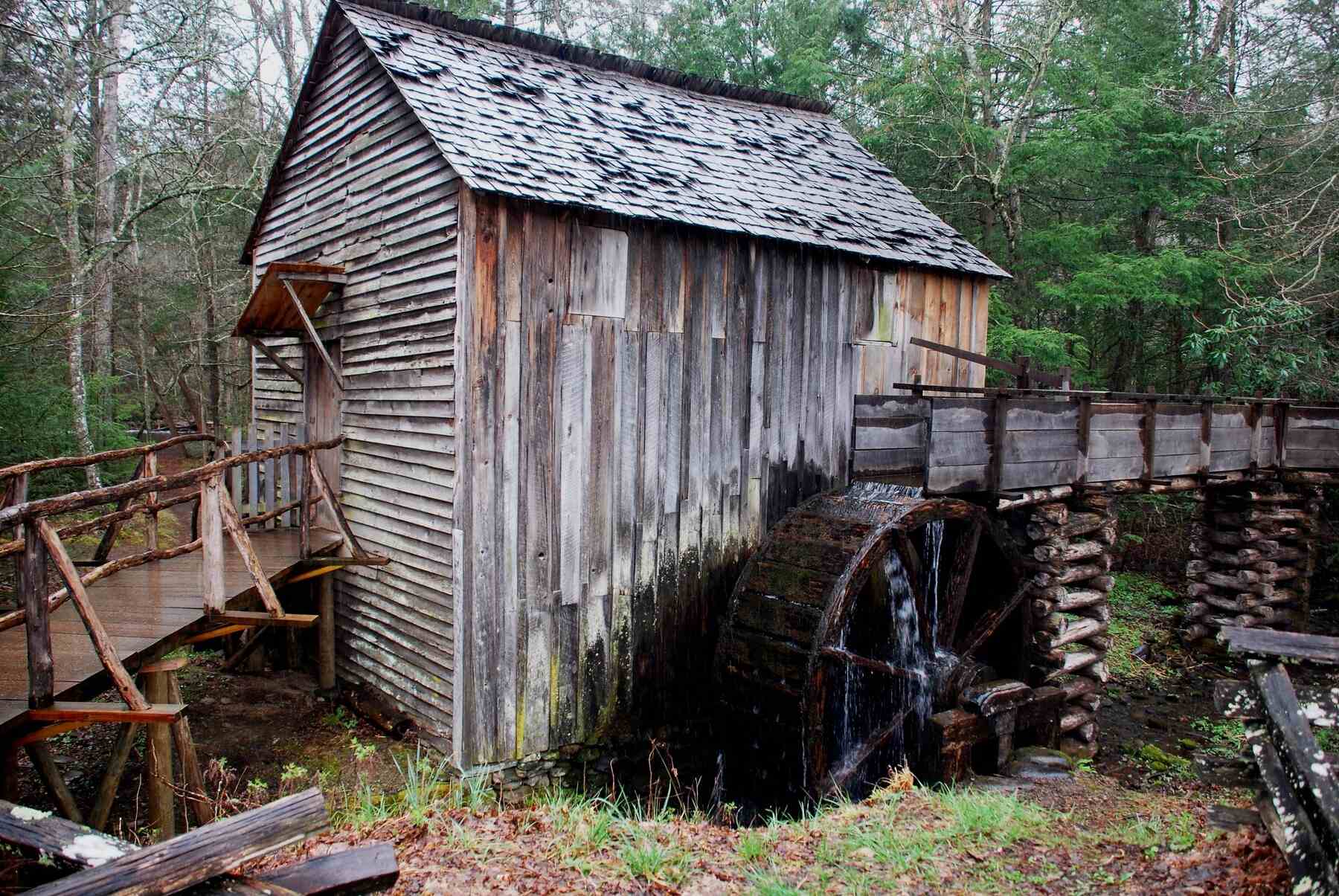Secrets Of Appalachian Gristmills

Have you ever wondered about the secrets behind Appalachian gristmills? These historic mills, often found along rivers and streams, played a crucial role in early American communities. They ground grains like corn and wheat into flour, providing essential food for settlers. Many of these mills still stand today, offering a glimpse into the past. Visiting one can feel like stepping back in time, with the sound of water turning the massive wooden wheels. Whether you're a history buff or just curious, exploring these mills can be a fascinating experience. Let's dive into the world of Appalachian gristmills and uncover their hidden stories.
The Charm of Appalachian Gristmills
Appalachian gristmills hold a special place in American history. These mills, often nestled in picturesque landscapes, offer a glimpse into the past. They were once the heart of rural communities, grinding grain into flour and meal. Today, many of these mills have been preserved, allowing visitors to step back in time.
Historic Gristmills to Visit
Exploring these historic sites can be a delightful adventure. Each mill has its own unique story and charm. Here are some of the must-visit gristmills in the Appalachian region:
Mabry Mill, Virginia
- Located on the Blue Ridge Parkway, Mabry Mill is one of the most photographed spots in the Appalachian Mountains. The mill, built in 1910, still operates today, offering demonstrations of blacksmithing, weaving, and other traditional crafts.
Norris Dam State Park, Tennessee
- This park features a fully operational gristmill that dates back to the 1930s. Visitors can watch as corn is ground into meal and even purchase freshly ground products. The park also offers hiking trails and beautiful views of Norris Lake.
Cable Mill, Tennessee
- Situated in the Great Smoky Mountains National Park, Cable Mill is part of the Cades Cove historic area. The mill, built in the late 1800s, is still in operation and provides a fascinating look at early American industry.
Unique Features of Appalachian Gristmills
Each gristmill has its own unique features that make it special. From the construction techniques to the surrounding landscapes, these mills offer a variety of experiences.
Mingus Mill, North Carolina
- Located near Cherokee, Mingus Mill uses a water-powered turbine instead of a traditional water wheel. Built in 1886, the mill is still operational and offers demonstrations of corn grinding.
Babcock State Park, West Virginia
- The Glade Creek Grist Mill in Babcock State Park is a fully functional replica of the original Cooper’s Mill. The picturesque setting and the mill’s rustic charm make it a popular spot for photographers and history enthusiasts.
Hagood Mill, South Carolina
- This historic site features a gristmill built in 1845. The mill is part of a larger cultural site that includes a petroglyph site, a blacksmith shop, and various other historical buildings. Regular events and festivals celebrate Appalachian culture and history.
The Role of Gristmills in Appalachian Culture
Gristmills were more than just places to grind grain; they were community hubs where people gathered, shared news, and built relationships. Understanding their role helps appreciate their significance.
Old Mill, Tennessee
- Located in Pigeon Forge, the Old Mill has been in operation since 1830. It continues to grind grain and serves as a centerpiece for the Old Mill Square, which includes shops, restaurants, and a pottery house.
Reed Gold Mine, North Carolina
- While primarily known as the site of the first documented gold find in the United States, Reed Gold Mine also features a historic gristmill. The mill offers a unique combination of mining and milling history.
Sublett Grist Mill, Kentucky
- This mill, built in the early 1800s, is one of the oldest in the region. It played a crucial role in the local community, providing essential services and acting as a gathering place for residents.
Preserving the Legacy of Gristmills
Efforts to preserve these historic mills ensure that future generations can appreciate their importance. Many of these sites offer educational programs and hands-on experiences.
Yates Mill, North Carolina
- Yates Mill, located in Raleigh, is a fully restored, water-powered gristmill dating back to 1756. The mill is part of a larger park that includes hiking trails, a pond, and educational exhibits about milling and local history.
Spring Mill State Park, Indiana
- Although slightly outside the traditional Appalachian region, Spring Mill State Park features a beautifully restored gristmill from the early 1800s. The park offers a pioneer village, nature center, and various outdoor activities.
Norris Freeway Gristmill, Tennessee
- This mill, part of the Norris Freeway Historic District, showcases the engineering and craftsmanship of early American settlers. The mill is still operational and offers a glimpse into the daily life of early Appalachian communities.
The Timeless Charm of Appalachian Gristmills
Appalachian gristmills offer a glimpse into a simpler time. These mills, often nestled in scenic landscapes, showcase the ingenuity of early settlers. They transformed grain into flour using water power, a sustainable method still admired today. Visiting these mills, you can almost hear the creak of wooden gears and feel the cool mist from the waterwheel. Many gristmills now serve as museums, preserving history for future generations. Some even produce flour, letting you taste a piece of the past. Whether you're a history buff or just love beautiful places, Appalachian gristmills are worth exploring. They remind us of the hard work and creativity that built communities. Next time you find yourself in the Appalachian region, take a detour to visit one of these historic gems. You'll leave with a deeper appreciation for the past and a sense of connection to those who came before.

